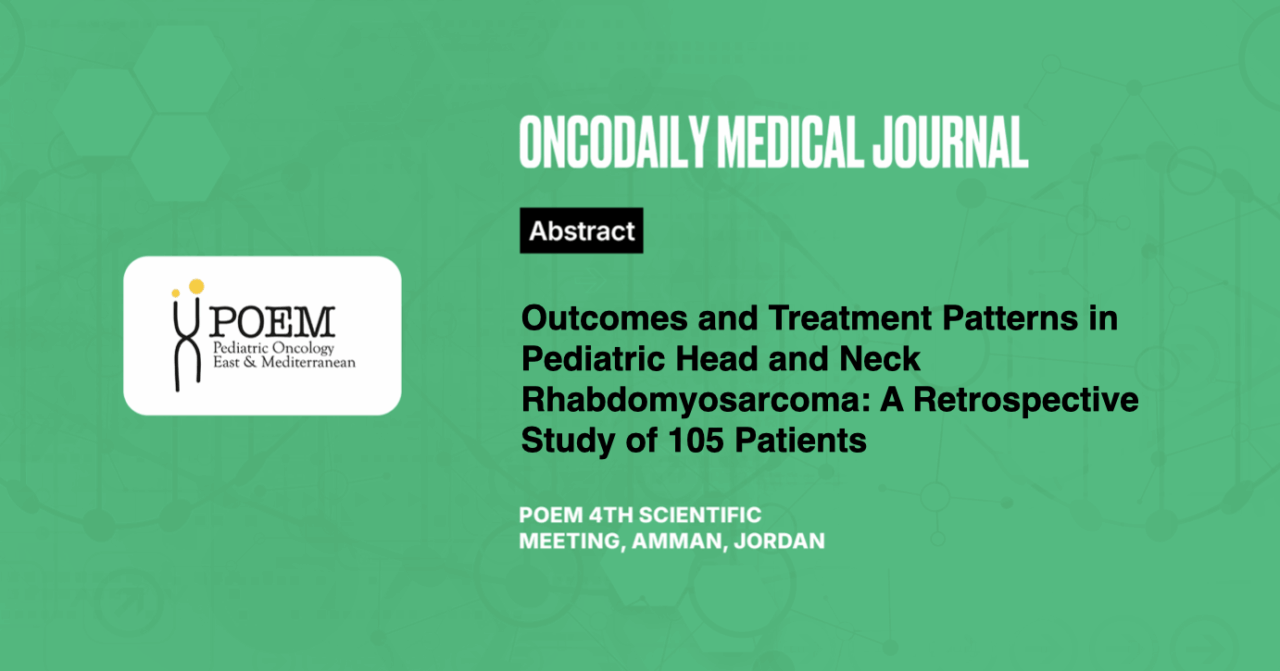Outcomes and Treatment Patterns in Pediatric Head and Neck Rhabdomyosarcoma: A Retrospective Study of 105 Patients
Abstract
Introduction: Rhabdomyosarcoma (RMS) is the most common soft tissue sarcoma in children, with 40% of cases in the head and neck region. This study evaluates the outcomes of pediatric patients with head and neck RMS treated at a single institution and identifies factors impacting survival.
Methodology: We retrospectively reviewed pediatric head and neck RMS cases treated at a single institution from 2003 to 2024 in patients under 18 years. Treatment included surgical resection when feasible, while non-resectable cases were managed with chemotherapy followed by surgery and/or radiotherapy (RT) per IRS-IV and Children’s Oncology Group protocols. Kaplan-Meier survival analysis was performed, and univariate analysis examined factors influencing Overall Survival (OS), including age, histologic subtype, parameningeal involvement, metastasis at diagnosis, tumor size, surgical resection extent, and RT use. Log-rank tests and multivariate Cox regression identified significant survival predictors.
Results: A total of 105 patients were analyzed, with a median age of 5.96 years (2.4 months – 17.96 years). Sixty-one (58.1%) had parameningeal primaries, 23 (21.9%) had metastasis at presentation, and 11 (10.7%) were infants (<24 months). Twenty-two (21%) had alveolar RMS. Gross total resection was achieved in 20 patients (19%), and 91 (86.7%) received RT. The 5-year OS was 60.7%, and the 5-year disease-free survival was 49.8%. In univariate analysis, infant age (p=0.023), metastasis at presentation (p<0.001), no RT (p<0.001), and primary tumor >5 cm (p=0.001) were associated with inferior OS. In multivariate analysis, metastasis at presentation (HR=3.66; 95% CI: 1.45-9.22; p=0.006) and no RT (HR: 13.60; 95% CI: 3.67-50.41, p<0.001) were independent predictors of inferior OS.
Conclusion: Absence of RT and metastasis at diagnosis were independent predictors of poor OS in childhood head and neck RMS. Notably, in our series, the alveolar subtype was not linked to worse OS. Managing pediatric head and neck RMS remains challenging, highlighting the need for multi-institutional studies to explore novel treatment strategies.





